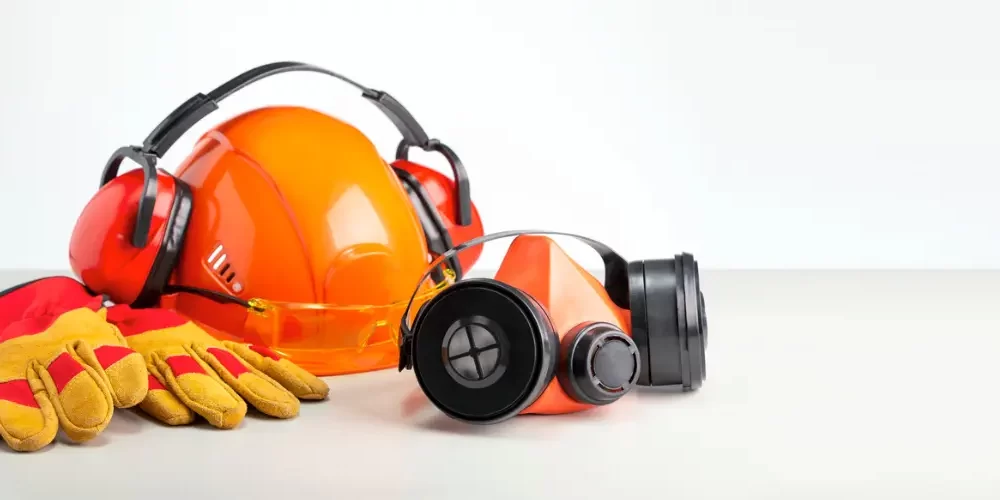Introduction
In workplaces around the world, the safety and well-being of employees should always be a top priority. One of the most critical aspects of ensuring their safety is the use of Personal Protective Equipment (PPE). This equipment serves as a crucial line of defense against various workplace hazards, safeguarding workers from harm. In this blog, we will explore the significant importance of PPE in the workplace.
1. Protection Against Workplace Hazards
PPE serves as a shield between employees and various workplace hazards. Depending on the industry, these hazards can include:
- Physical Hazards: Such as falling objects, electrical shocks, extreme temperatures, and loud noise. PPE like hard hats, safety goggles, earplugs, and insulated gloves provide protection.
- Chemical Hazards: Exposure to toxic chemicals and substances can have severe health consequences. PPE like chemical-resistant gloves, suits, and masks are vital for workers’ safety.
- Biological Hazards: In healthcare settings, PPE like gloves, masks, and gowns are essential for protecting against infectious diseases.
- Mechanical Hazards: Machinery and equipment can pose significant risks. PPE such as steel-toed boots and safety vests protect against these hazards.
2. Injury Prevention
One of the primary goals of PPE is to prevent injuries. By providing the right equipment for the job, employers can significantly reduce the risk of workplace accidents. For example:
- Safety glasses can prevent eye injuries from flying debris or chemicals.
- Helmets protect against head injuries in construction and industrial settings.
- High-visibility vests increase visibility and reduce the risk of accidents involving vehicles and heavy machinery.
3. Compliance with Regulations
Many governments and regulatory agencies have established guidelines and regulations regarding PPE in the workplace. Employers are legally obligated to provide and ensure the use of appropriate PPE in specific work environments. Compliance with these regulations is necessary to avoid legal penalties and maintain a safe work environment.
4. Health and Long-Term Well-Being
Exposure to workplace hazards can lead to long-term health issues. For instance:
- Prolonged exposure to loud noise without hearing protection can cause permanent hearing damage.
- Exposure to harmful chemicals can lead to respiratory problems, skin conditions, or even cancer.
- Repeated heavy lifting without proper back support can result in chronic back pain and injuries.
- PPE can mitigate these risks and contribute to the long-term health and well-being of employees.
5. Emergency Preparedness
In emergency situations, such as fires or chemical spills, PPE plays a crucial role. It enables workers to navigate dangerous conditions more safely and effectively, increasing the chances of a successful response and evacuation.
Conclusion
The importance of Personal Protective Equipment (PPE) in the workplace cannot be overstated. It is a fundamental component of ensuring the safety and well-being of employees, protecting them from immediate risks and contributing to their long-term health. Employers have a legal and ethical responsibility to provide and promote the use of appropriate PPE, creating a safe and healthy work environment for their workforce. In doing so, they not only prevent accidents and injuries but also foster a culture of safety and care.







